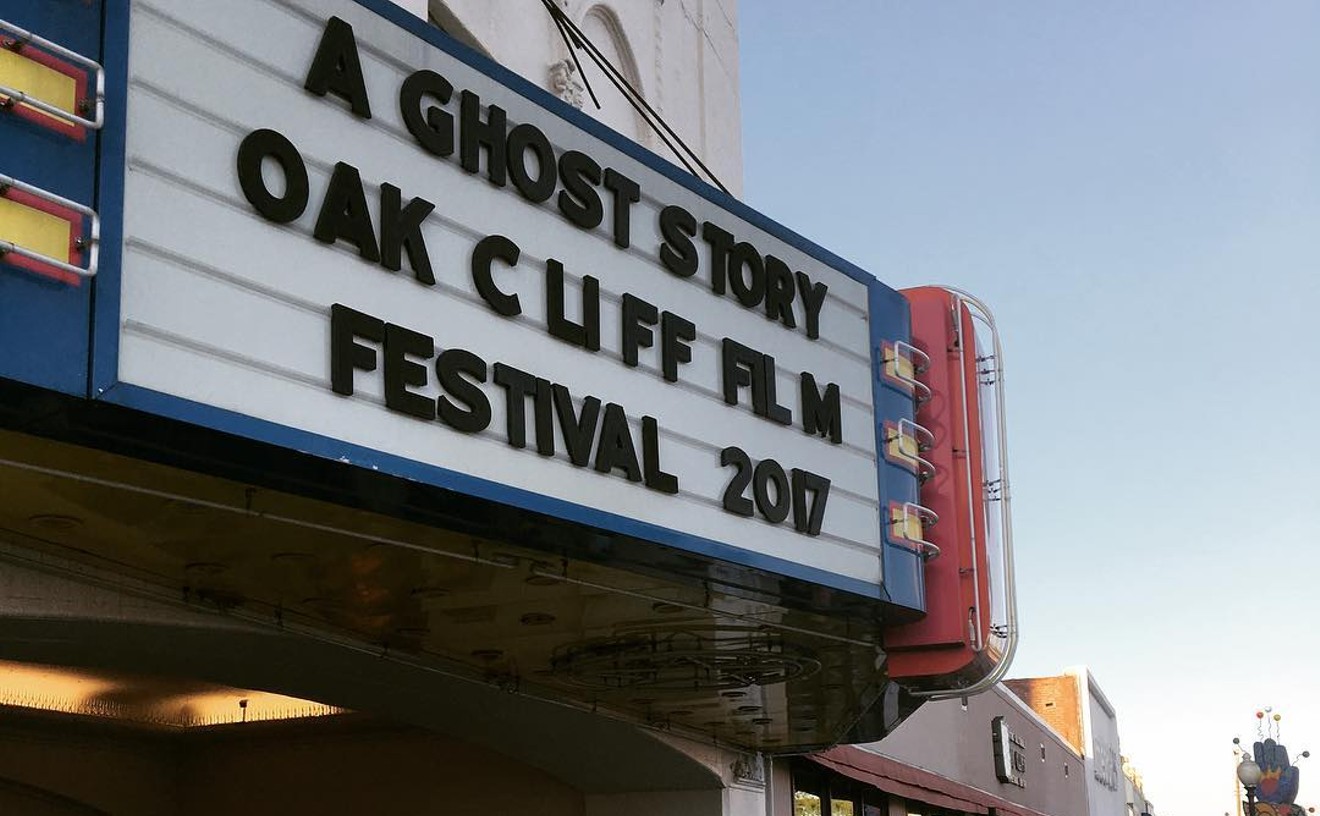Patricia Reed's "The Two" greets visitors to Zhulong Gallery's international group show, Systema. A pair of bright red megaphones frozen in french kiss, any amplified messages lost in the other, in what you can imagine as an echo chamber of yelling instructions. When used appropriately, megaphones can relay instruction to large groups, counting down to the start of a race, or keeping time of a unified march. It's a device by which a leader organizes followers, and it's this idea of arranging life through systems, technology and taxonomy that unites (or, organizes) the exhibition, on display through November 29.
In some ways, curation of an exhibition is a way in which we classify art. In Systema, we are meant to understand all of these works in conversation with one another. It may seem a stretch to understand Vesna Pavlovic's "Fabrics of Socialism" series, which includes both photo and video archives of experiences in socialist Yugoslavia, in dialogue with Erika Blumenfield's studies in bioluminescence. Certainly it would difficult to draw a connection in subject matter. It's in the creative output.
In Fototeka, Pavlovic uses a slide projector to cast photographic transparencies onto a grey curtain, meant to represent the "Ideological curtain" of Communist Party meetings. The images document the government's use of spectacle to sway the public. But to reach the slideshow, you must first encounter Reed's "The Abstraction Transformeth," pastel-colored handmade paper she crafted from each denomination of Polish Zloty currency. Here, money and message are two ways in which governments organize peoples.
See also: Dragon Street's Zhulong Gallery is a Beacon for New Media Art
There's a rich variety of perspective in this international group show that isn't just interested in fabricated structures, but also in that of the natural world. Australian-born artist, Tega Brain, built a software that searches Flickr to compile photos of flower species by date photographed. These are then organized by year to create a time map of when the flowers are photographed and shared on this social media Web site. She even created a Texan-centric one, by mapping the Bluebonnet. Obviously interest in these plants spikes during blooming season, when it's tradition to drag your children into a field of bluebonnets to take portraits. But if you look closely, there are also occasional photos of structures we've named after the flowers -a Bluebonnet tavern appears in an otherwise vacant area of the screen that represents winter. It's data at the intersection of the physical and natural world, impossible to document without technology.
And it's this intersection that makes Systema fascinating. Money is just paper, which we make from trees, and the life cycle of trees is how we mark time, and time, like language, is a social construction by which we build modern life. In Systema, art interacts with data and organizational networks, and by doing so assumes a role as psuedo-scientist. Which maybe shouldn't be that surprising. After all, much of art is examination of the physical world, either literal or abstract, a philosophy it shares with science. The difference, and it's an important one, is that art is far more interested in the questions than establishing proof. And it's these questions about the data and structures we use to organize human life that you'll ponder while in Zhulong Gallery this month.
See Systema through November 29. Zhulong Gallery is located at 1302 Dragon St. More information at zhulonggallery.com.










